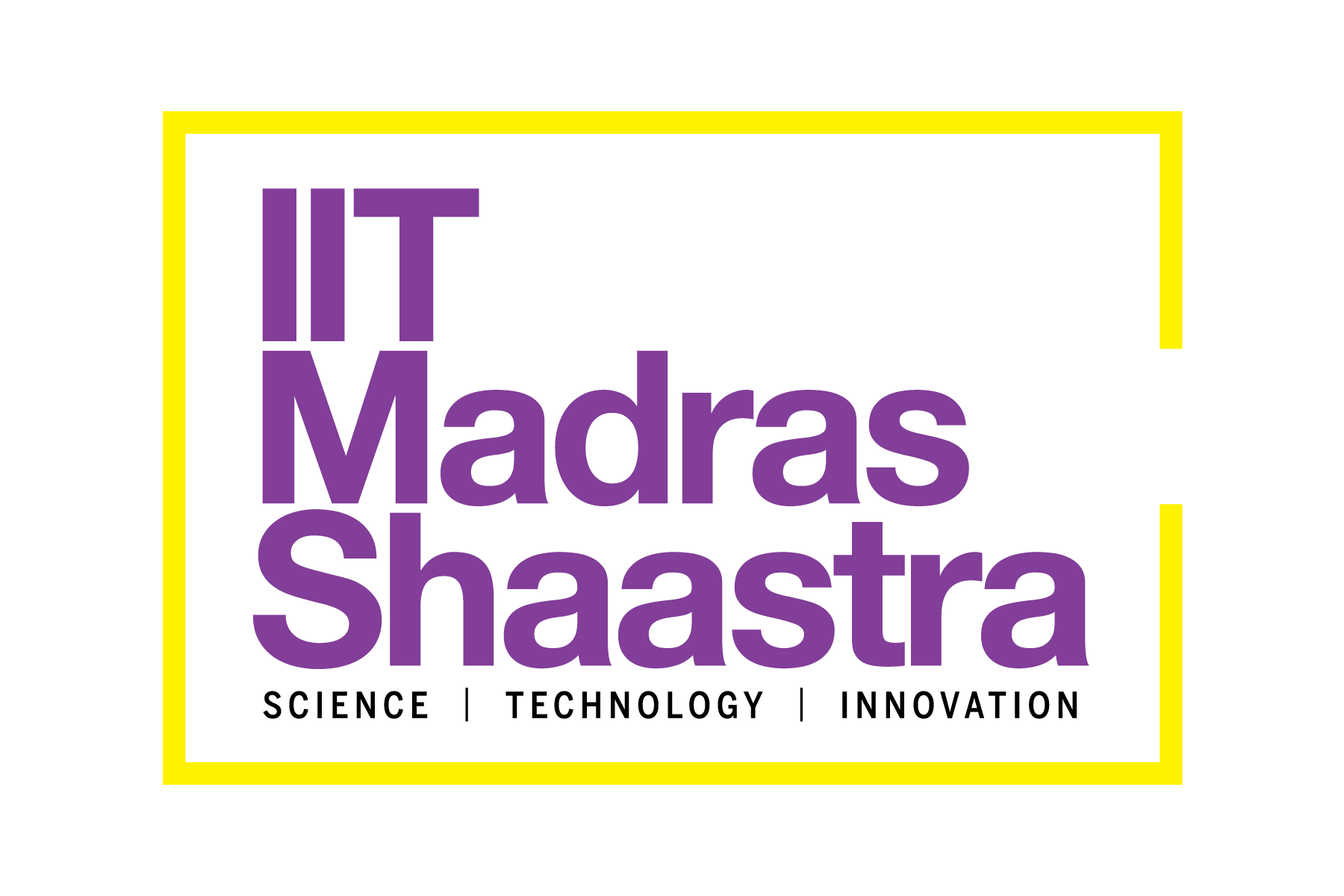Sound and light
-
- from Shaastra :: vol 04 issue 06 :: Jul 2025

We showcase two disruptive technologies whose effects are not easily discernible but will touch people's lives.
Since the mid-1990s, when computers and their use became mainstreamed, technology has been considered synonymous with information technology (IT). There is some truth to this perception. Computers and communication technologies have had an extraordinary impact on economic growth, apart from impacting the lives of people in other ways. This influence continues with the rise of artificial intelligence (AI); it will probably continue through the century, when quantum computing enters more realms. However, other technologies, too, have a significant impact on our future. Some of these are well known, while a few powerful ones remain hidden from public view.
The well-known technologies are in domains like biotechnology, aerospace, transport, renewable energy and so on. Biotechnology, especially when related disciplines like biology and healthcare are added, has influenced modern life almost as much as IT has. The best example was during the COVID pandemic, when scientists developed vaccines at unprecedented speeds, saving millions of lives. Breakthroughs in biology are creating new treatments for cancer, neurological disorders and other chronic diseases, even as pollution and climate change increase the probability of people getting sick. Similarly, nuclear and renewable energy technologies provide some hope for reversing climate change in the future.
Rather than providing an overview, our Cover Story takes a deep dive into some aspects of light and sound that will impact us soon.
While much of this progress is visible, a few other disruptive technologies are developed at the back end and are not easily discernible to most people other than the creators and adapters. For example, new materials form an important part of any new technology, including biotechnology and IT, renewable energy and healthcare, aerospace and other forms of transport technologies. Research in new materials, therefore, is at the heart of most state-of-the-art technologies. AI helps the development of new materials, while new materials help the advancement of AI by creating more efficient processors and sensors and providing possibilities for new computing architecture.
The first strand of our Cover Story, written by Shubashree Desikan, takes a deep look at optics, another fundamental technology that is set to transform lives over the next few decades. Like new materials, it affects several other areas of technology and science. And, like new materials, it stems from fundamental research in science, at a level that is extraordinarily subtle and sophisticated. Optics perhaps touches fewer technology domains than materials science does, but it has the potential to completely change the fields that it impacts. Shubashree's story is an attempt to provide glimpses into a future guided by light.
Even a small list would make this potential obvious. Light particles can act as connectors of transistors in microprocessors, instead of electrons. This would speed up computing and let chips shrink, while also reducing energy consumption. Future computing needs such an advance, as the more widespread use of AI is increasing the energy demand of data centres. Integrated photonics is the answer to this. In fact, it is necessary if AI is to be used as widely as industry observers expect it to be.
The second big impact of optics would be in healthcare, especially in diagnostic technologies. New developments like metasurfaces – engineered surfaces with specific properties – can help do away with lenses, which are bulky and inefficient. Since lenses are a major part of imaging devices, smaller and more efficient metasurfaces will shrink imaging equipment and help doctors see deep inside the body, going to the level of single cells. This has implications for the early diagnosis of several diseases, including cancer.
The second part of the Cover Story package deals with sound, a complementary technology of sorts. It, however, mostly deals with sound as a research tool to understand fundamental aspects of nature. Scientists, for example, can listen to the sounds of proteins folding, hearing all the bonds breaking and forming in specific ways. They can use sound to create 'sound atoms' that correspond to nature and obey the laws of quantum mechanics, thereby providing insights into how atoms behave in certain situations. Although it seems esoteric, such technologies do indeed suggest non-invasive diagnostic tools in medicine.
These two stories form a departure from our usual fare because they are deeper and selective rather than sweeping. Rather than providing an overview, we chose to take a deep dive into some aspects of light and sound that will impact us soon. We hope you enjoy this offering.
See also:
Lighting the way
The science is sound
How photonics is changing the world
Have a
story idea?
Tell us.
Do you have a recent research paper or an idea for a science/technology-themed article that you'd like to tell us about?
GET IN TOUCH














